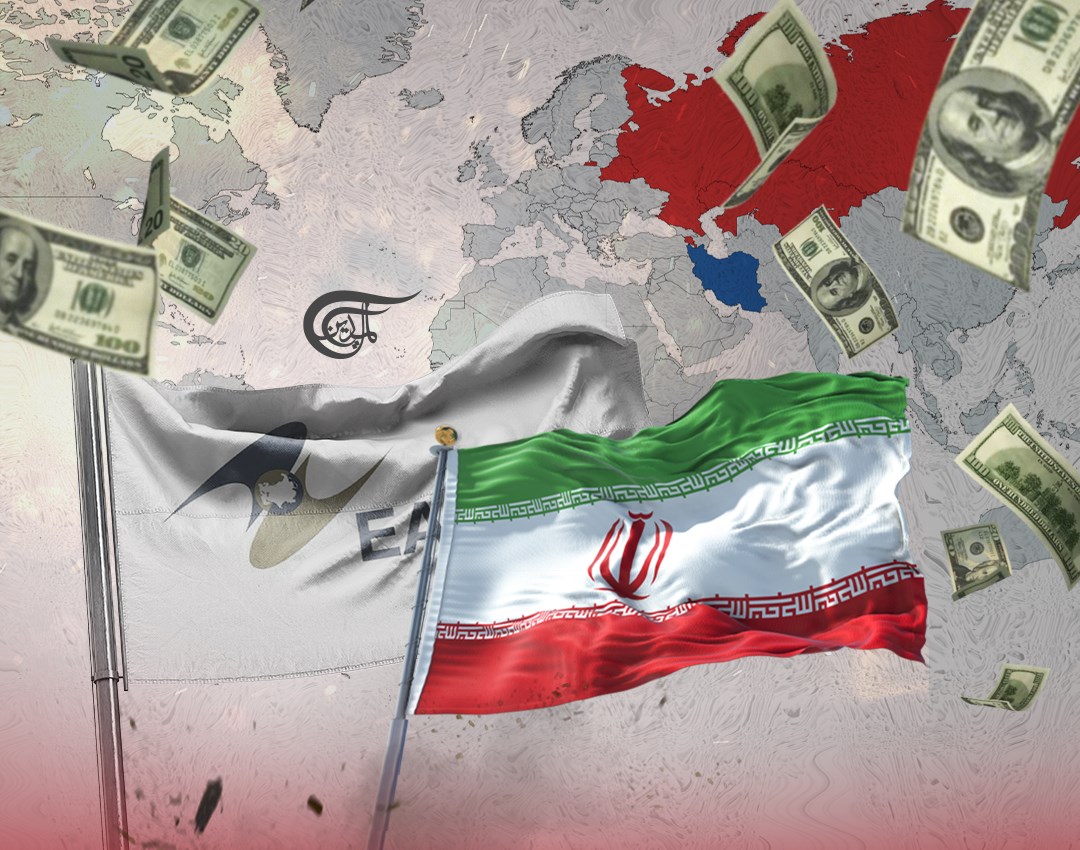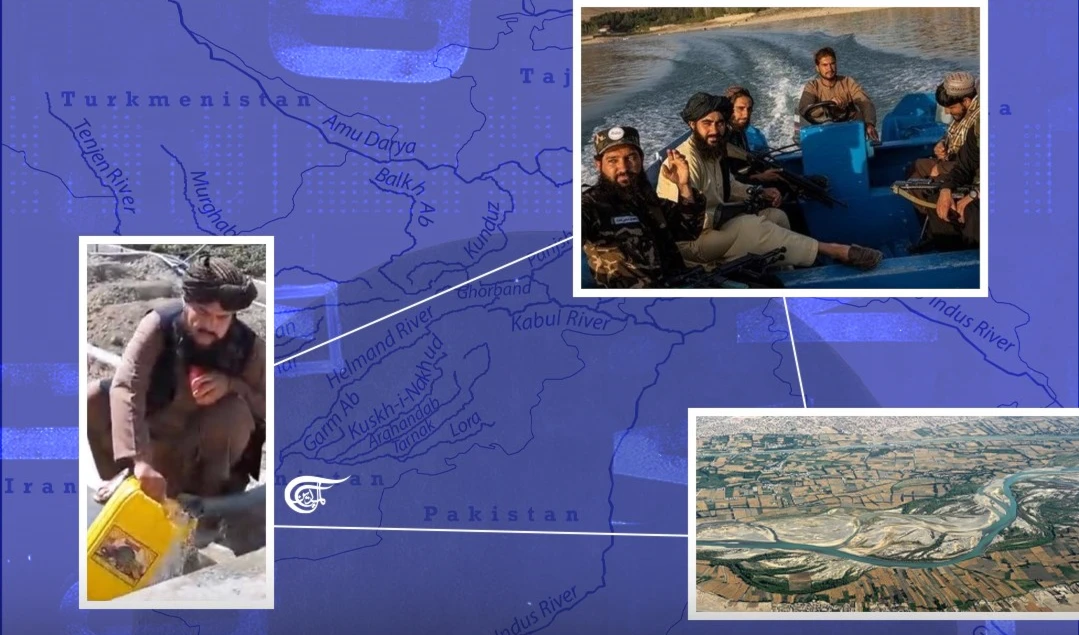Iran's Approach and Relations with the Eurasian Economic Union
What is clear is that Iran-EAEU economic relations have been on the rise. It is expected that with the signing of the free trade agreement between Iran and the Eurasian Economic Union and its implementation, we will witness a serious renaissance of trade relations.
-

Iran and the EAEU share mutual interests to areas such as the expansion of the use of national currency in the settlement of mutual accounts, de-dollarization, removing obstacles in the Eurasian domestic market, and forming transport corridors.
For several decades, countries have pursued the conclusion of bilateral and regional contracts, driven by the need for economic reconstruction and trade arrangements.
The Treaty of the Eurasian Economic Union (EAEU) was signed in May 2014 by Belarus, Kazakhstan, and Russia, and then Armenia and Kyrgyzstan also became members. The member countries of the Union are located in the Eurasian region, Eastern Europe, Central Asia, and the Caucasus.
With economic goals, the EAEU has tried to take steps in the way of trade facilitation, development, single market, modernization, increasing competitiveness, economic cooperation, the establishment of common external tariffs, and customs harmonization.
According to many, the EAEU has shown maximum stability and efficiency in accordance with the guidelines until 2025 and has increased the gross domestic product of the members and found a better position. In 2022, despite sanctions against Russia, EAEU trade increased by about 30%.
Type of relationships
One of the most basic levels and forms of regional trade arrangements is preferential trade agreements. They reduce trade barriers with a part of each other's trade. At a higher level than "preferential trade" agreements, countries are moving towards concluding "free trade" agreements.
With directives such as intensifying cooperation with neighboring countries and the Middle East in 2023, and concluding international agreements, the EAEU has made progress in creating and developing a free trade area with several countries. In the meantime, EAEU member countries have achieved a significant will to increase exchanges with Iran, and one of these approaches is pursuing access to a trade agreement with Tehran.
Since 2018, Iran has signed a temporary agreement to establish a free trade zone with the EAEU, and after several years of experience in the field of foreign trade with this union, it became ready for free trades with the Union.
Iran has announced its readiness and preparations have been made. From the second half of 2021, negotiations to conclude a full-fledged agreement between Iran and the EAEU have started, and after the successes of the last year, the two sides are close to signing the final agreement.
Tehran's approach and opportunities
In the past years, as part of the "Look East" policy, Iran considered the development of relations with its Asian neighbors as a priority in its foreign policy.
EAEU's 2023 priorities include strengthening technological governance, digitalization, investment, and expansion of youth exchanges to strengthen trade between Iran and the Union.
EAEU's attention to areas such as the expansion of the use of national currency in the settlement of mutual accounts, getting rid of dependence on the dollar, removing obstacles in the Eurasian domestic market, and forming transport corridors and new export and import channels is also in the interests of Tehran.
From Tehran's point of view, EAEU approaches such as deepening regional integration, creating a new architecture of international economic relations, linking EAEU, SCO, ASEAN and BRICS, future EAEU agreements to create common markets for energy resources, and forming a common Eurasian energy market can be useful for the country's interests.
From the point of view of many in Iran, considering the current realities and the continuation of sanctions, one of the options facing Iran can be the development of trade with the Eurasian Economic Union and using its potential. More attention to priorities such as dealing with sanctions and threats, expansion of economic influence, and diversity in foreign policy, have been motivations for Tehran's economic approach in EAEU.
From this point of view, it is important to examine significant issues such as de-dollarization and removal of sanctions, the neutralization of Western sanctions, and the growth of bilateral exchanges between member countries in national currencies.
Iran is the main link of the North-South International Transport Corridor (INSTC), and the country’s President, Ebrahim Raisi, has also spoken about strengthening the transit position. In fact, Iran sees the provision of transit and access of Eurasian countries to other countries, cooperation in the field of export and swap of oil and gas, electricity, minerals, and agricultural products in the direction of the growth and development of its economic diplomacy.
The Eurasian Development Bank (EDB) has taken important steps in helping the development and sustainable economic growth of member economies and is increasing its interaction with global institutions and organizations. It seems that Tehran considers the implementation of priority infrastructure projects and the formation of a Eurasian payment system instead of SWIFT to its advantage.
Vision
What is clear is that Iran-EAEU economic relations have been on the rise. It is expected that with the signing of the free trade agreement between Iran and the Eurasian Economic Union and its implementation, we will witness a serious renaissance of trade relations.
With the signing of the Comprehensive Free Trade Agreement between Iran and the EAEU, the volume of exchanges will triple. The 38.4% increase in Iran's non-oil trade with Armenia, and the 22% increase in trade between Iran and the Eurasian Union in 2022 compared to the previous year is part of the trend of increasing trade.
EAEU can help Iran gain access to an annual income of about 20 billion dollars with the operationalization of INSTC (The International North–South Transport Corridor).
During the last two years, there have been dozens of rounds of negotiations with the EAEU. While the majority of the EAEU's economy is complementary to Iran's economy, the final signing of the Iran-Eurasia Free Trade Agreement marks a significant leap in Iran-Eurasia trade relations. In fact, upgrading to a Free Trade Agreement (FTA) and finalizing the Iran-EAEU Free Trade Agreement will increase trade by 10 billion dollars by the end of this year.

 Farzad Ramezani Bonesh
Farzad Ramezani Bonesh
 6 Min Read
6 Min Read











